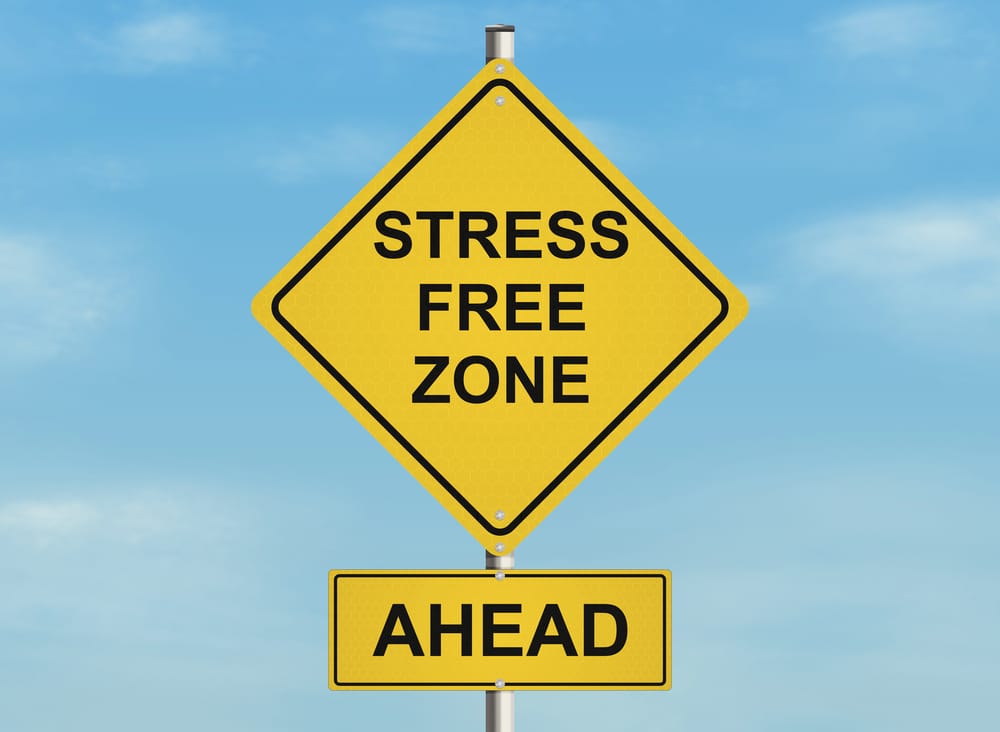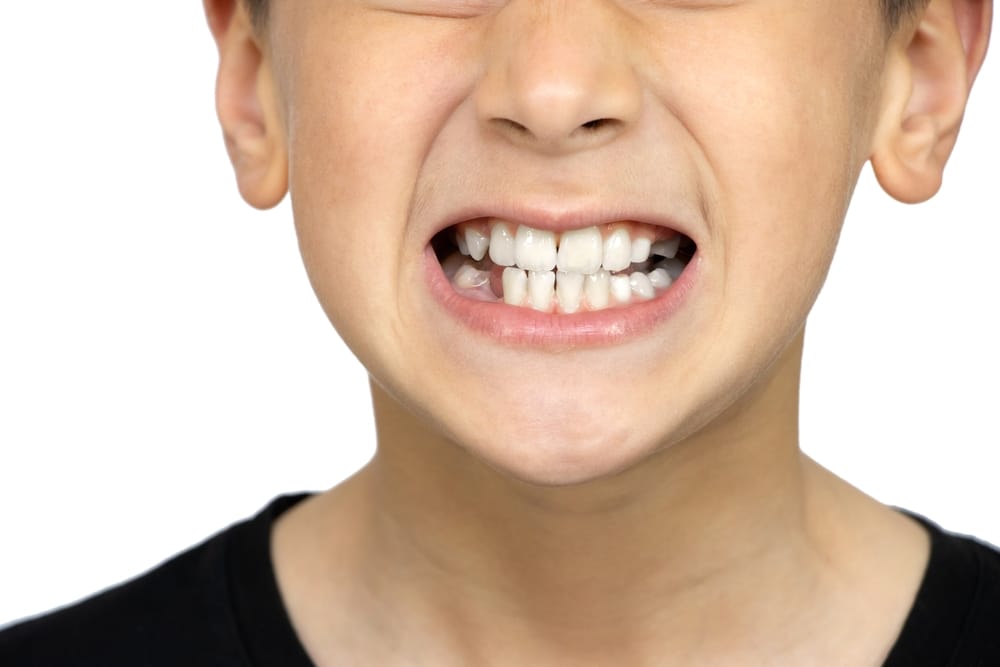Do you suffer from tension headaches? If so, you’re not alone! Tension headaches are the most common type of headache experienced by adults. Affecting somewhere between 30% and 78% (depending on the study) of the general population.
Tension headaches can be painfully disruptive if not treated properly, particularly for women between the ages of 30 and 50. In reality, it’s been estimated that a staggering 60% of people living with tension headache pain have had to scale back their professional and social activities due to tension headaches.
But never fear – understanding how to diagnose and treat and prevent tension headaches is key!
In this post, we’ll look at the symptoms associated with tension headaches, provide helpful tips for managing stress levels and headache triggers, review resources available for diagnosing your condition accurately before heading to a doctor or specialist and go over various treatments that could bring much-needed relief.
So let’s get started — unlock the secrets of stress relief now!
What is a Tension Headache
A tension headache is one of the most common types of headaches.
They often start slowly, in the middle of the day, and can last from 30 minutes to a few days.
The episodic kind usually starts with mild headache pain that gradually gets stronger, while the chronic type comes and goes over a longer period.
The pain can be on one side or both sides of your head, and it might be dull or squeezing.
You might also feel tightness in your shoulders, jaw muscles as well as your neck, and scalp muscles.
Although tension headaches can be quite painful, they usually don’t keep you from doing your normal activities. They also don’t affect your vision, balance, or strength.

What is Bruxism
Tension headache is a common affliction affecting many people. One major factor that can cause or worsen a tension headache is bruxism – grinding and clenching of the teeth due to stress or anxiety.
The resulting strain from this action infiltrates into other areas including the head, neck, face, and even shoulders leading to pain in those areas as well.
Bruxism can cause a multitude of issues, such as flattened, chipped, or fractured teeth; exposed dentin layers; heightened sensitivity and tooth pain; jaw soreness, fatigue, and an inability to open/close the mouth fully; neck/face pain akin to earache (although unrelated); in addition to frequent or severe headaches and other craniofacial pain.
Damage from chewing on the inside of your cheek is also common.
If you suspect you may have bruxism, see your dentist for a diagnosis. There are several treatments available, including mouth guards to protect your teeth from further damage, stress management techniques, biofeedback devices, and medications to help reduce severe pain associated with clenching and grinding.
With treatment, many people find relief from their symptoms and restored oral health.

Types of Tension Headache
Tension headache is one of the most common types of headaches.
There are two main types of tension headaches: episodic and chronic.
Episodic Tension Headache
Episodic tension-type headache is more common and typically last for 30 minutes to all day. They are caused by fatigue, exertion, and temporary life stress.
The source of these headaches may likely be attributed to the unwavering tightening of muscles attached to the head which is described by some as a muscle contraction headache which feels like a tight band around the head. The ache is perpetual, aching, and stressful with its chief domain being at the back of the neck yet it can sometimes spread over varying parts of the neck and shoulder areas, delivering a throbbing pain, as well.
A tension headache usually lasts for distinct periods ranging from days up until weeks but never more than seven consecutive days.
Chronic Tension Headache
Chronic tension-type headaches is a conditions where you have a tension headache for at least 15 days every month for at least three months.
They can be tiring and depressing. Some studies have estimated that around 1 in 30 of all adults have chronic tension headaches – which means they have a headache on more than half of all days for three months or more.
Chronic means persistent; it does not mean severe. The severity of chronic headaches can vary from mild to severe. Because of the persistent nature of the headaches, however, this condition is often quite disabling and distressing.
Managing Stress and other Triggers
Stress-induced muscle tension in the neck and shoulders can lead to debilitating tension headaches.
Prevention
Strategies to prevent tension headaches focus on stress and anxiety reduction, in addition to regular exercise, techniques such as biofeedback training and relaxation therapy can help reduce stress.
Biofeedback
Biofeedback training is a technique that teaches you to control certain body responses that help reduce pain.
During a biofeedback session, you’re connected to devices that monitor and give you feedback on body functions such as muscle tension, heart rate, and blood pressure. You then learn how to identify triggers then reduce muscle tension and slow your heart rate and breathing on your own.
Cognitive Behavioral Therapy
Cognitive behavioral therapy is a type of talk therapy that may help you learn to manage stress and may help reduce the frequency and severity of your headaches.
Other relaxation techniques, anything that helps you relax including deep breathing, yoga, meditation, and progressive muscle relaxation may help your headaches. You can learn relaxation techniques in classes or at home using books, videos, or apps.
Medical Treatment of Headache and Migraine
There is a great deal of information to take in when it comes to the medical management of headaches.
The most important thing to remember is that not all headaches are the same, and therefore not all headaches can be treated in the same way.
There are different types of headaches, each with its causes and treatments.
Pain Medications
Tension headaches can be treated with pain medicine, such as paracetamol, aspirin, ibuprofen, or naproxen.
However, you should not take these pain medicines for more than a couple of days at a time, as taking them for longer can lead to a medication-overuse headache.
Opiate painkillers such as codeine should not be taken for tension headaches, as they can make you drowsy.
Migraine
Another common type of headache is a Migraine.
Migraines are usually preceded by an “aura” which may include visual disturbances such as flashes of light or zigzag patterns. They are often accompanied by nausea and repeated vomiting and can last for up to three days.
Migraines can be treated with pain medicine, such as paracetamol, aspirin, ibuprofen, or naproxen, but if these do not work then your doctor may prescribe a stronger medication such as sumatriptan.
Other Headache Types
There are also other types of headaches such as cluster headaches and sinus headaches.
A cluster headache is rare and occurs in clusters lasting from weeks to months at a time.
They are very severe and are accompanied by red eyes, a runny nose, and facial sweating.
A sinus headache is caused by inflammation of the sinuses and can be treated with antibiotics if they are caused by a bacterial infection.
The best way to treat a headache is to identify its cause and treat that accordingly.
If you have frequent headaches, it may help to keep a diary to identify any patterns or headache triggers.
Some people find that certain foods (such as caffeine or chocolate) can trigger a headache, while others find that stress or anger can be triggered.
A healthy diet and lifestyle are important in preventing headaches, so focus on eating a balanced diet and getting enough exercise.
Conclusion
Tension-type headaches are a widespread phenomenon, with studies indicating that somewhere between 30% and 78% of the general population suffers from them. Globally speaking, this translates to an extraordinary 1.4 billion people – that’s nearly one out of every five individuals!
Stress and anxiety-induced teeth grinding can be a major contributor to tension headaches, leaving you in immense discomfort.
But don’t worry – several treatments have been proven effective at providing relief from these agonizing symptoms, allowing you to get back the quality of life you deserve!
There are two types of tension headaches: episodic and chronic. Episodic tension headaches happen fewer than 15 days per month, while chronic tension headaches occur more than 15 days a month. If you suffer from frequent tension headaches, it is important to talk to your doctor to rule out any other underlying conditions. To learn more about how to prevent and manage tension headaches, read more here.





